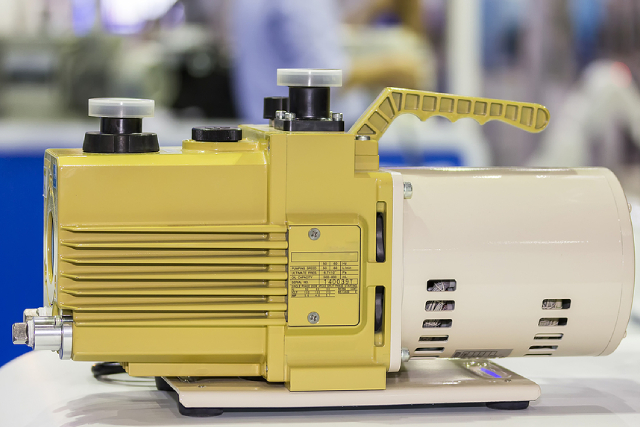Vacuum Pump Issues: 6 Signs Your Equipment Is Nearing Failure

Vacuum pumps in Singapore are a vital component in many kinds of industrial and laboratory applications, which is why any malfunctions or issues they may encounter need to be uncovered and addressed as early as possible. Otherwise, they may cause adverse effects like equipment damage and unplanned downtime, impeding the production process. Below, we go over the telltale signs that a vacuum pump is close to breaking down.
1. Increased Vibration and Noise During Operation
When a vacuum pump begins vibrating excessively or making more noise than usual, it’s often due to mechanical issues like rotor imbalance, bent shafts, or worn bearings. Additionally, misaligned pump components and blockages within the system can create excessive vibration and noise. Regular maintenance to check for alignment, clean filters, and ensure all parts are in good condition can help reduce these disruptions. If left unaddressed, this problem could lead to more severe component wear or even system failure.
2. Reduced Vacuum Level
A reduced vacuum level indicates that the pump is struggling to reach or maintain the necessary pressure, which is crucial for effective operation. This drop can stem from several causes, including air leaks, worn seals, damage to the pump rotor, or malfunctioning suction and discharge valves. These issues interfere with the pump’s ability to evacuate air or gas from the system, resulting in inefficient operation. A consistently low vacuum level can have significant effects on production: it may slow processes, impact product quality, and lead to energy waste.
3. Overheating
Overheating occurs when a vacuum pump’s temperature rises above normal operating levels or heats up unusually fast. This can be a sign of underlying problems that, if not addressed, can lead to reduced efficiency and overall system performance or even significant damage. Common causes of overheating include inadequate or incorrect oil levels, excessive workload, poor ventilation, and electrical issues. Mechanical wear, such as deteriorating bearings or misaligned rotors, can also contribute to excessive heat generation.
4. Lower System Efficiency
A drop in overall system efficiency can signify issues with the vacuum pump as it becomes harder for the system to meet the established operational requirements. This can stem from several issues: air or gas leaks, clogged filters, or wear in pump components. These problems cause the pump to work harder, increasing energy consumption and operational costs. Routine efficiency assessments, filter replacements, and leak tests are crucial to maintain optimal performance and prevent further degradation.
5. Leaking
Leaks in a vacuum pump system can significantly impact performance, reducing its ability to generate and maintain the desired vacuum level. Unwanted air or gas infiltration disrupts the vacuum process, leading to production inefficiencies, potential drops in product quality, and wasted energy. In industries where precision is key, even minor leaks can be problematic.
There are several possible causes of leaks in a vacuum pump. Common sources include damaged or worn gaskets, degraded seals, loose connections, improper assembly, or cracks in the pump casing. Leaks may also develop in critical components like valves and fittings, which can loosen over time or with extensive use.
6. Power Loss
Power fluctuations or unexpected power cuts in vacuum pumps often indicate electrical problems or issues with the motor. For instance, motor wear, overheating, and issues with the power supply can cause irregular performance. In some cases, this may result from increased load due to other underlying mechanical issues. To prevent these occurrences, ensure proper electrical connections, check for worn motor parts, and make sure the pump’s load matches its capacity. If power irregularities persist, professional diagnostics may be necessary to prevent potential damage to the system.
Conclusion
Monitoring for signs of vacuum pump issues is essential to ensure reliable operation and maintain production quality. Each of these symptoms can indicate underlying problems that, if addressed promptly, can prevent further damage, avoid downtime, and reduce long-term costs. By implementing regular maintenance, using high-quality components, and ensuring proper installation, businesses can maximise their vacuum pump’s performance and prolong its lifespan, ultimately supporting operational efficiency and productivity.

